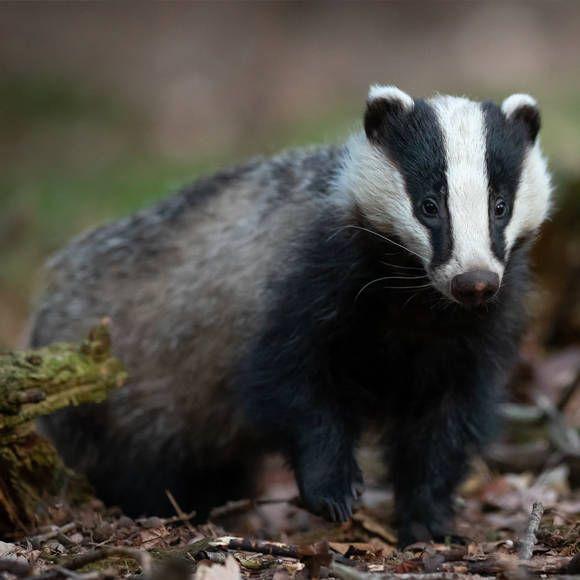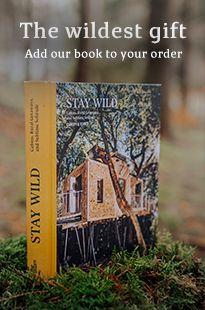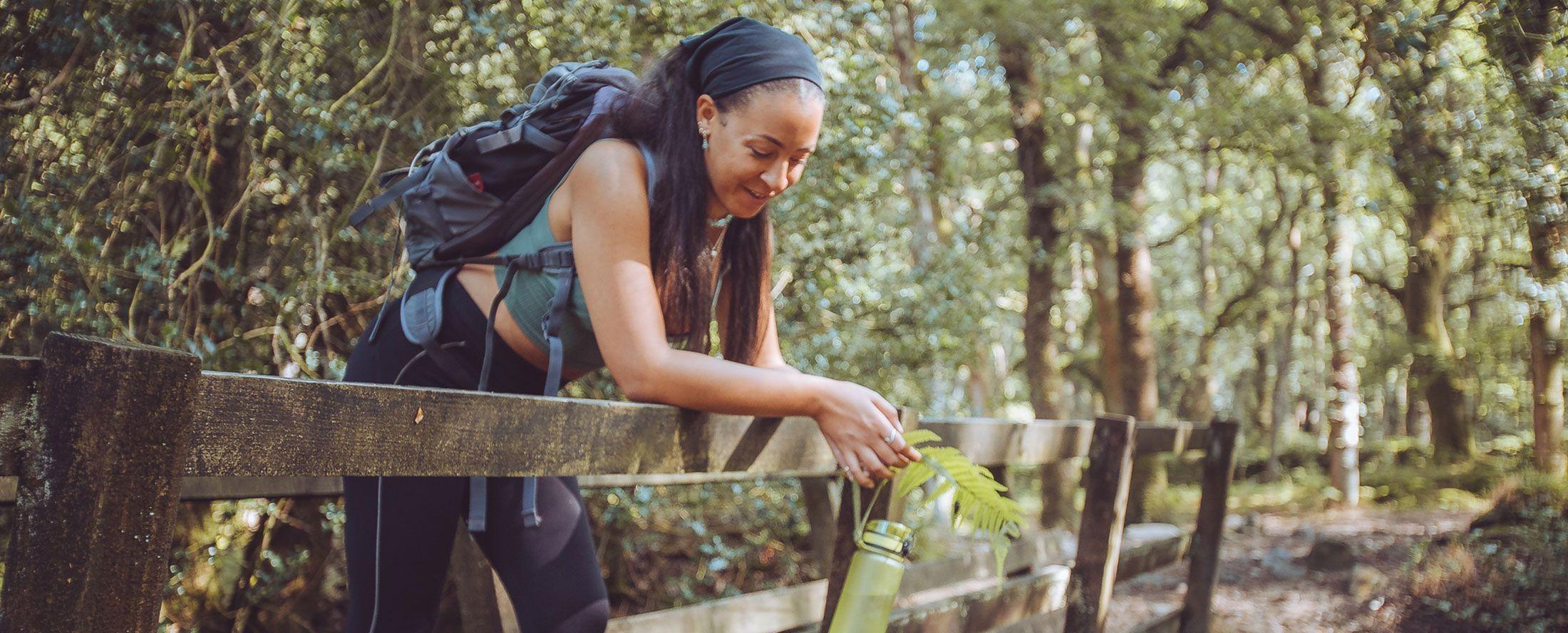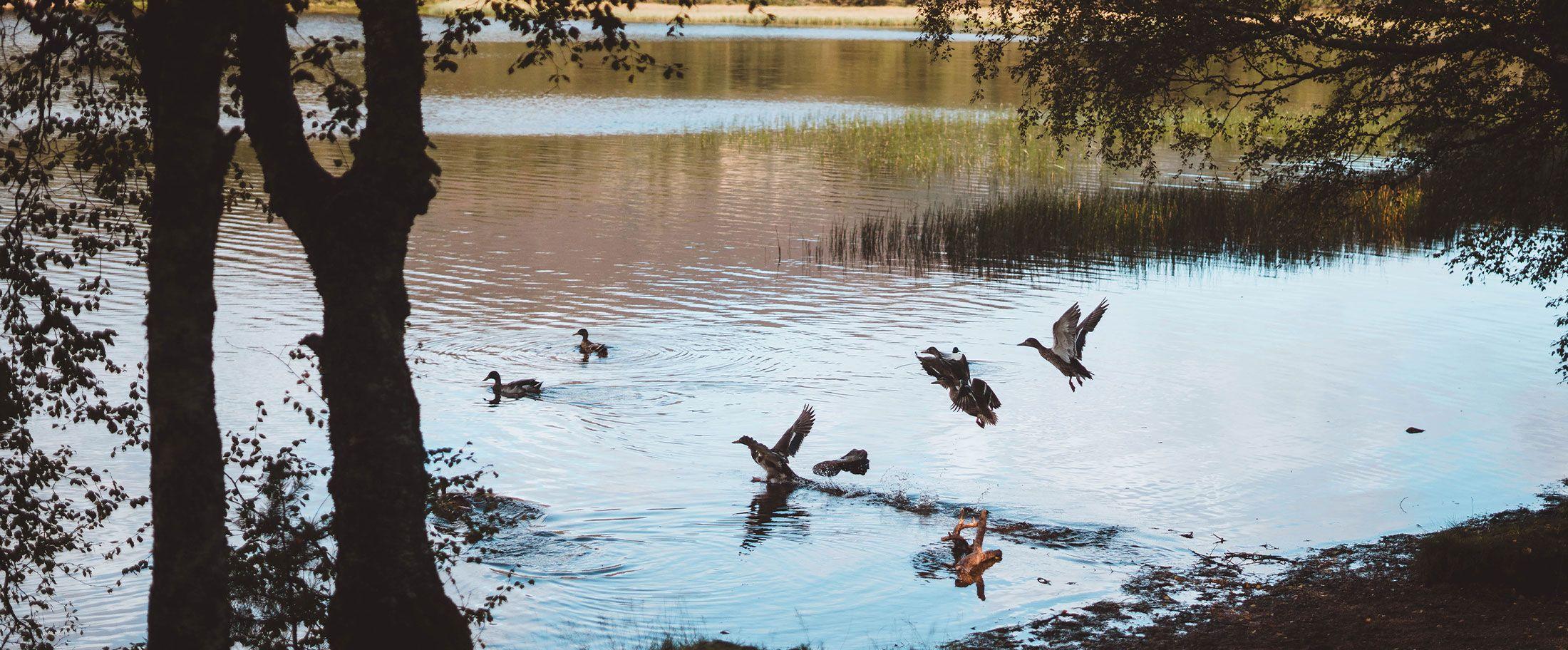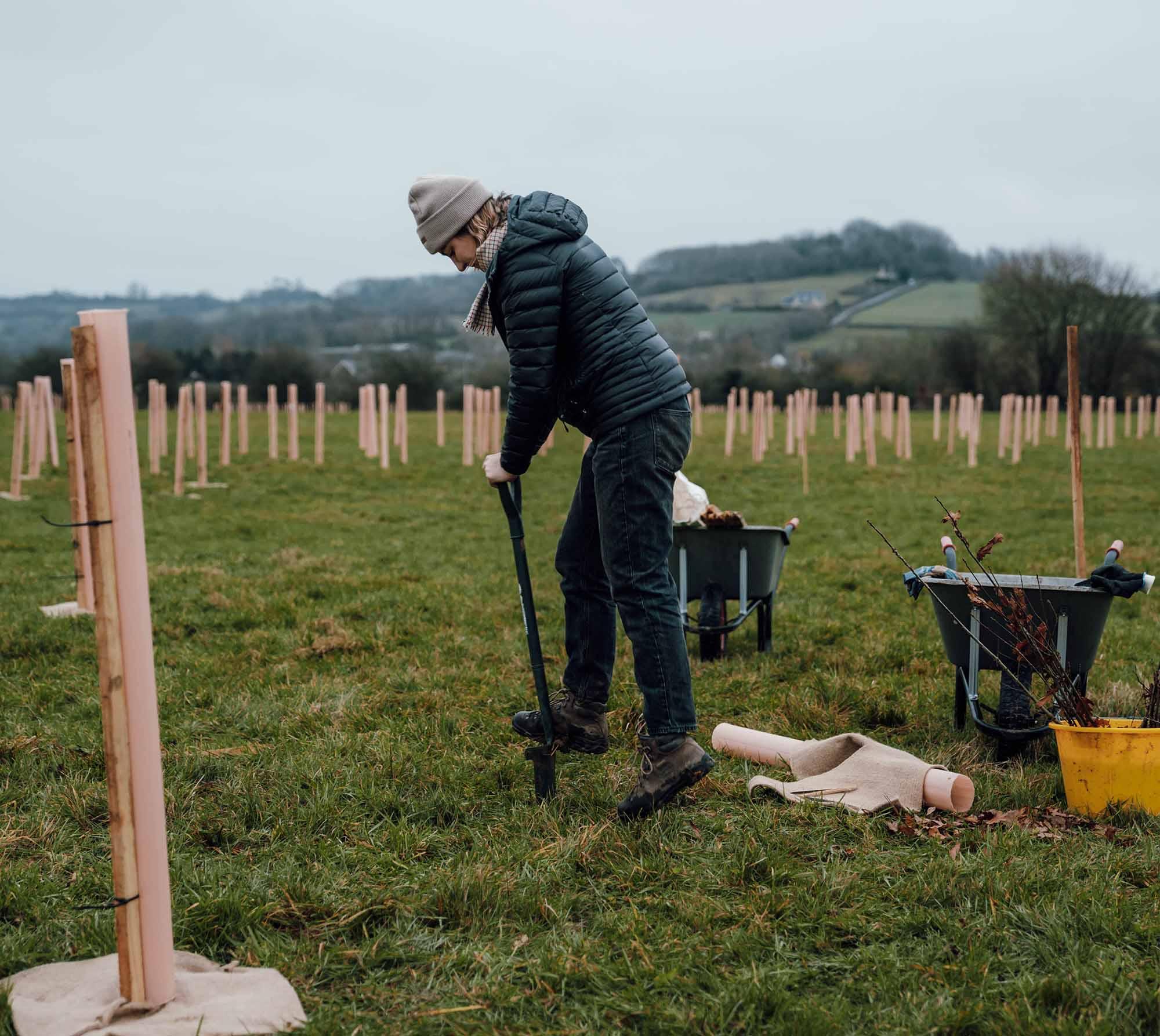A guide to wildlife-spotting at home
Whilst we may be confined to our homes, nature has been let loose. From mountain goats invading Welsh villages to the weekly (and slightly questionable) wildlife spotted in the Venice canals. Closer to home, butterflies and bees have emerged from their own winter lockdown and remind us that despite everything that’s currently going on in the world, spring has rolled around again and little has changed for species other than ours. Whether you’re fortunate enough to have a garden, or even just a flat, we’re sure you’ve found yourself standing, staring and taking a fresh look at the world around you. These times are challenging, but they also offer the chance to get acquainted with the wildlife with which we share our space. Even in urban areas there’s plenty to see and hear. So we’ve put together a guide on what to look and listen for, as well as a fun challenge you can take part in at home.
Birds
We’re starting with the most common and easiest to observe - birds. Even in urban areas you can spot well over 50 species. Birds are around all day, but the best times to try and encounter them are early morning when they find a perch and sing or later in the evenings as they stock up their fat reserves before sleeping. That said, they are active all day, but become lost in the backdrop to our own hectic lives. You don’t need binoculars, camo waders or fancy cameras to get started - here’s an ID guide for the 18 most common garden birds.
FACT: Robins are resourceful and will make their nests almost anywhere; flowerpots, behind pianos and even in teapots as we once discovered on a Canopy & Stars team trip!
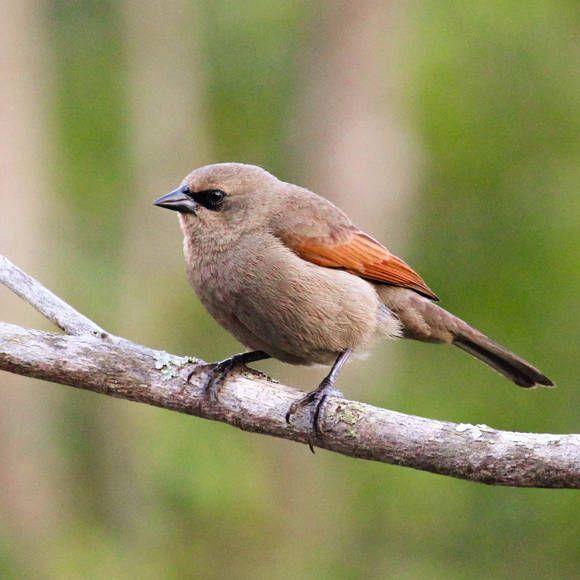
Bees and butterflies
Did you know there are over 200 species of bee in the UK? Sadly things currently aren’t looking too great for our pollen-loving pals. Over the last few decades, 97% of Britain’s wildflower meadows have disappeared and the likelihood of bees surviving has fallen by 30% in the course of a human generation. Bees play a vital role in our food supply chain, pollinating crops that feed 90% of the world’s population. It’s a similar story with butterflies. As Sir David Attenborough wisely noted, “No one will protect what they don’t care about; and no one will care about what they have never experienced.” so it’s well worth swotting up on these two species that play such a vital role in our ecosystems. These Bee and Butterfly ID guides from the Wildlife Trust are great.
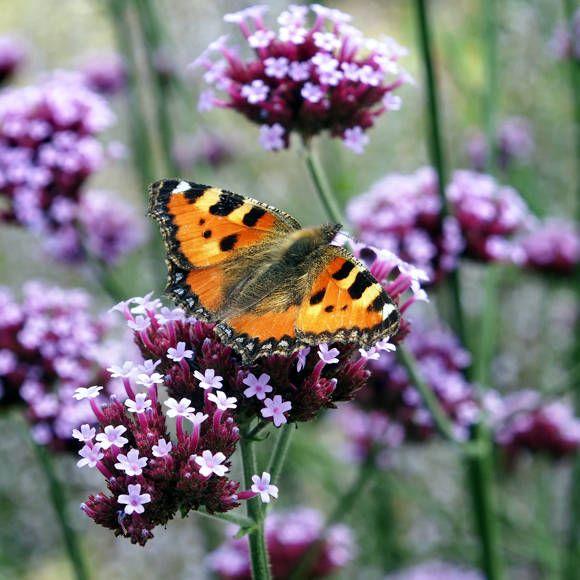
Bigger beasts
Mammals are a lot trickier to see: even the really common species are often shy and mainly nocturnal. The closer you live to places where mammals are often found – woodland, a park, a railway line or piece of rough ground – the greater the likelihood of a variety of mammal visitors. Foxes and rabbits could be your best bet, but you can also look out for signs that mammals have been present, such as the remains of their prey or marks in the ground. If all else fails, we’re sure you can spot your neighbour’s cat. Natural England have a good guide on the bigger beasts you could spot.
FACT: A mole can run backwards through tunnels and turn right round by doing a somersault!
